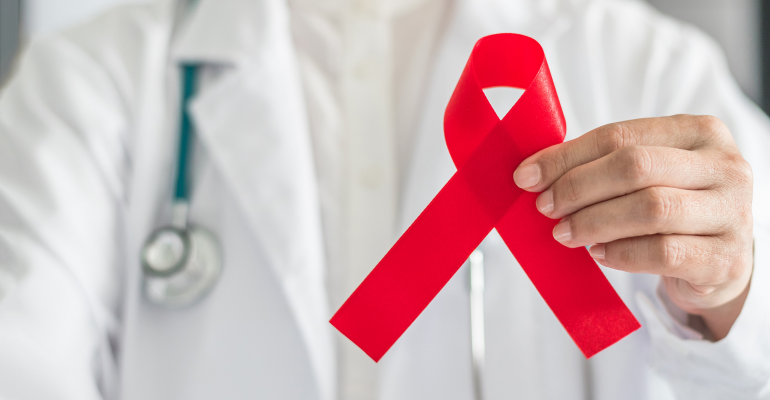Precautionary measures mandated to combat the transmission of COVID-19 may have resulted in additional health-related challenges, known as disability, experienced by adults who live with HIV. According to a study physical distancing, community services being on hold, postponement of health appointments and loss of employment were probable factors in patients experiencing social isolation, financial uncertainty and interruption of antiretroviral adherence. To corroborate, WHO states that many countries have warned that they are at risk of stock outs of antiretroviral medicines due to the COVID-19 pandemic.
During the pandemic, disability, in combination with health disparities, stigma, interrupted access to services, drug use, and food or housing instability can make it challenging for individuals with HIV to continue to receive treatment. Participants with HIV reported high levels of uncertainty and mental health issues. All six dimensions of disability rose, with the mental-emotional health domain experiencing the greatest increase.
Strategies that involved retaining a sense of control, as well as optimistic attitudes and beliefs, were related with decreased impairment. A concept derived from the perspectives of patients living with HIV, known as ‘living strategies’, is described as attitudes, beliefs, behaviours and actions to help them cope with multi-morbidity and the disability associated with HIV. This encourages adults who live with HIV to use independent self-care living techniques to subsist uncertainty and the physical, social and mental health issues brought on by of the pandemic.
Solutions guided by technology
Electronic and other new media technologies (eHealth) can help with large-scale information distribution and effective HIV care and preventive activities as well. For treatment and prevention, there has been a proliferation of technology-based delivery methods, including electronic (eHealth) and mobile (mHealth) technology approaches. Mobile and other new electronic technologies, commonly referred to as eHealth, are appealing instruments for health communication and HIV intervention innovation.
These technologies can help with the large-scale distribution of knowledge and effective tool delivery to encourage and maintain behavioural adjustment, HIV testing among uninfected persons, and connection to HIV treatment or PrEP. Smartphone applications (apps) for finding HIV testing services, web-based modules to promote sexual partnership communication, and digital games to teach teenagers about drug use and HIV risk are just a few examples.
Technology is a promising tool for delivering interventions for several reasons, including cost. The cost of implementation once they have been developed is minimal when compared to those that require significant human resources; intervention fidelity is maintained through the standardisation of content; computerised interventions can individually customise intervention content using computer algorithms.
Computer technologies include features such as interactivity and multimedia, which may aid in the fostering of behavioural change; and computerised interventions can be customised by using computer algorithms. Computerised treatments are often brief and adaptable in terms of distribution methods, which might include community-based organisations, healthcare settings, and the Internet.

